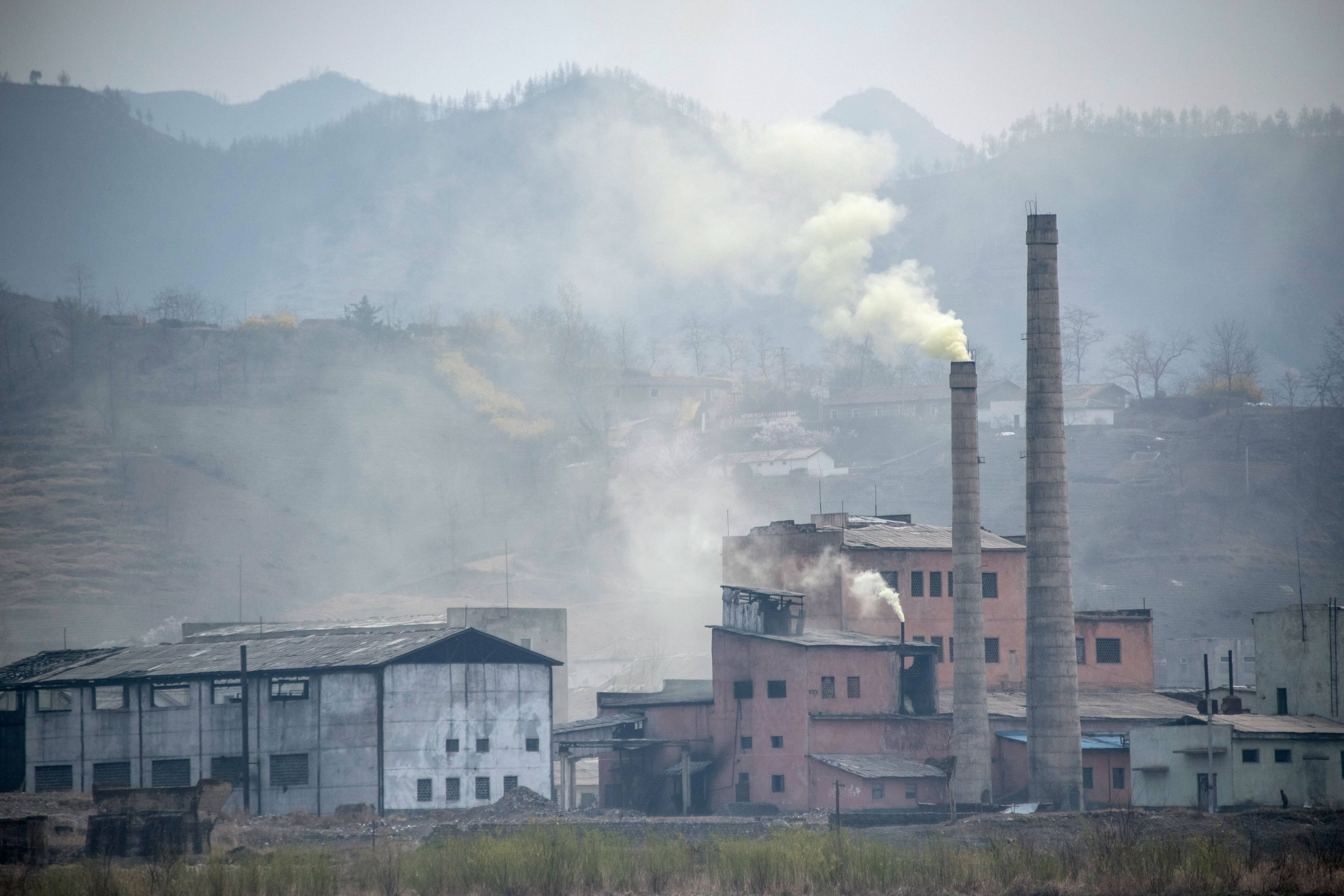
Mortality rate attributed to household and ambient air pollution (per 100 000 population, age-standardized)
Sustainable development goals & air pollution
WHO has worked to ensure that health-relevant indicators of household and ambient pollution exposure and burden of disease are included in the formal system of Sustainable Development Goals (SDG) indicators.
Leveraging its technical expertise, WHO monitors and tracks progress on health indicators to measure progress toward achieving the SDG3 on health, SDG7 on energy, and SDG11 on cities.
Targets of particular relevance to ambient and household air pollution include:
WHO uses national reference-grade ground measurements, satellite data, chemical transport models and population information to derive model population-weighted concentrations of particulate matter that is reported as annual air pollution in cities in Sustainable Development Goal (SDG) 11. Information on exposure to household and ambient air pollution from SDG 7 and SDG 11 are then used to derive the combined burden of disease from air pollution in SDG 3. The WHO global household energy database tracks energy use for cooking, heating and lighting, and is being used to measure progress toward achieving Sustainable Development Goal 7.
WHO will continue to produce statistics for tracking these indicators on a regular basis.

Mortality rate attributed to household and ambient air pollution (per 100 000 population, age-standardized)

Proportion of population with primary reliance on clean fuels and technologies for cooking (%)

Concentrations of fine particulate matter (PM2.5)